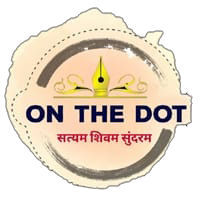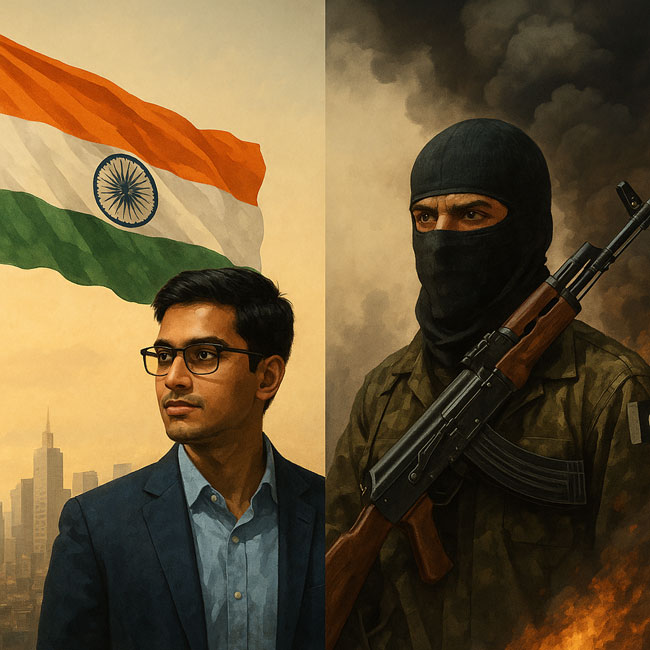More than seven decades after gaining independence, India and Pakistan present a stark contrast—economically, politically, and globally. It is no longer inaccurate to say that Pakistan is recognized not only for its economic fragility but also for its increasingly dangerous ideological posture.
At the time of partition, both nations inherited nearly identical challenges: crumbling colonial infrastructure, depleted treasuries, and a heavy reliance on foreign aid. Yet, the choices they made in the years that followed have defined their destinies.
India prioritized nation-building through democratic governance, investment in education, industrialization, and scientific advancement. The economic crisis of 1991 served as a turning point, prompting liberalization and structural reforms. Today, India commands a robust economy with over $688 billion in foreign exchange reserves and has earned its place as the fifth-largest economy in the world. Its reputation as a global innovation hub is supported by thriving sectors such as information technology, pharmaceuticals, startups, and services.
Pakistan, in contrast, chose a path marked by political instability, militarization, and the promotion of religious extremism. Instead of focusing on economic and institutional development, successive regimes empowered the military establishment and tolerated, if not actively supported, radical elements. This policy of appeasement led to the growth of terrorism—not only destabilizing the region but also earning Pakistan global notoriety. Incidents like the Mumbai attacks, Uri, Pathankot, and Pulwama brought the consequences of this strategy into sharp focus, exposing the country’s role in fostering cross-border terrorism.
Economically, Pakistan remains heavily dependent on textile exports and remittances from its diaspora. Despite turning to the International Monetary Fund more than 20 times, structural reforms have remained elusive due to a persistent lack of political will and coherent economic vision. As a result, the country’s foreign reserves have dwindled to a meager $15 billion, leaving it vulnerable to external shocks and diplomatic pressure.
India, meanwhile, continues to attract global capital and talent. Multinational tech companies invest billions in its expanding digital economy, and its young workforce is increasingly recognized on the world stage. The country’s strategic partnerships, innovation ecosystems, and democratic resilience position it as a key player in the 21st century.
On the international front, Pakistan’s reputation has further eroded. Numerous global institutions have criticized its role in supporting terrorism, with the Financial Action Task Force (FATF) placing it on the grey list for failing to curb terror financing. This international scrutiny reflects not just diplomatic isolation, but also a deeper concern about Pakistan’s long-term trajectory.
In summary, while India has evolved into a confident, forward-looking nation charting its future through economic reform and democratic values, Pakistan remains mired in a cycle of instability and extremism. The divergence is no longer a matter of perception—it is a matter of undeniable reality.




